The route of the 2023 Tour de France has been revealed
The 2023 Tour de France, which will have its grand depart in Bilbao, will have a classic route with only 22 kilometres against the clock. The early Pyrenees, the return of the mythical Puy de Dome, the Alps and the final stage in the Vosges will decide who succeeds Jonas Vingegaard in the grande boucle.
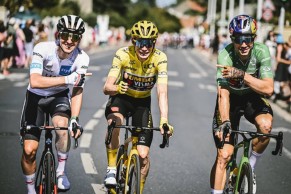
The Tour de France, cycling's greatest spectacle, already has a route for its 2023 edition
A modest gala served as the starting point for the Tour de France 2023, a very special edition due to its start in the Basque Country, through whose territory the first three stages will take place in an atypically selective start, characteristic of the Basque geography, for what the French Tour de France is traditionally used to.
The geographical location of this start of the Tour de France forces the Pyrenees to have an early presence in the race. We will only have to wait for stage 5, which proposes a tricky route between Pau and Lauruns with the very hard Col de Soudet in the middle of the stage and the mythical Marie Blanque a few kilometres from the finish on a route that is totally familiar to the participants of the well-known Quebrantahuesos march.
RECOMENDADO

Black Friday Garmin 2025: the ultimate guide to choosing your GPS at the best price

How to wash your cycling clothes? 10 keys to make them always look new
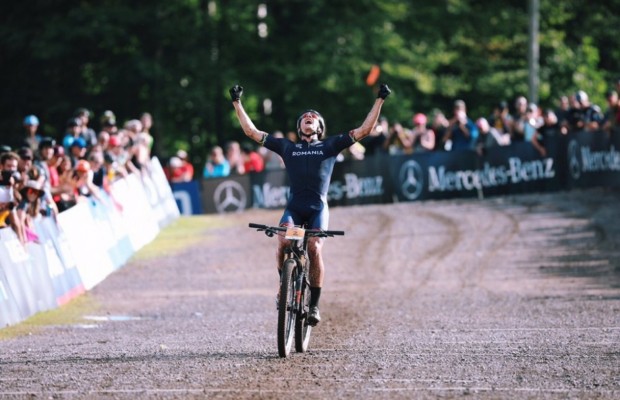
The real importance of signing up for a race
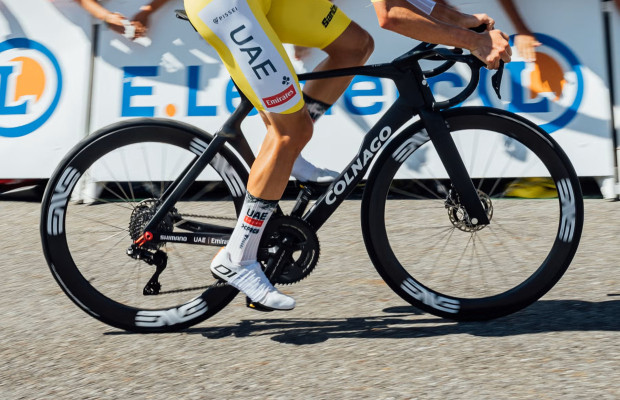
The best road bikes of 2025
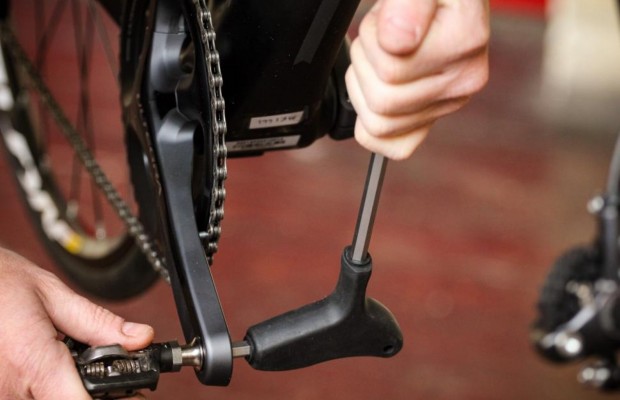
How to change the pedals of any bike in 5 steps
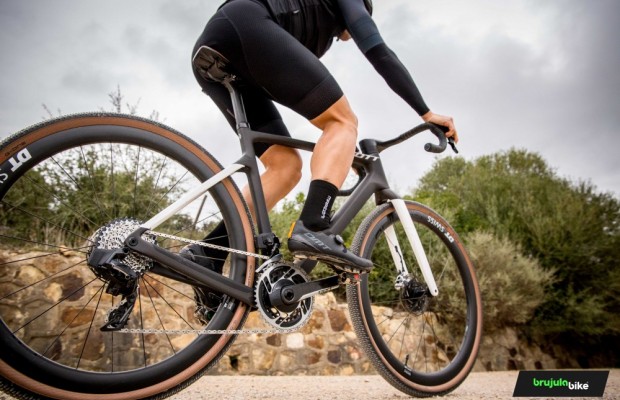
The best gravel groupsets of the moment
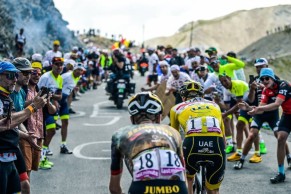
The following day sees the return to the Tour route of another legendary climb that the Tour de France has not faced for decades. Cauterets, but with the added bonus of continuing on to the Cambasque, which means going up through the ski resort that crowns the village where the Tour stages that arrived here traditionally finished. Before the end of this stage, the cyclists will have had to ride over the Aspin and the Tourmalet in one of the most traditional cycling stages.
No less typical and also forgotten for years is the finish of stage 9, which will return to one of the most iconic passes of the Tour de France: the Puy de Dome. A place that cycling lovers will remember for the superb duel between Jacques Anquetil and Raymond Poulidor in the 1964 edition, perhaps the moment that Poupou, Mathieu Van der Poel's grandfather, came closest to the yellow jersey that he could never have won.
From this region, the Tour de France will head towards the Alps, where it will enjoy a first stage, as an aperitif, finishing at the Grand Colombier. The following day, another of the typical stages of this area of the Alps, which will leave the race in Morzine, after passing through the Joux Plane and its terrifying descent towards the finish line.
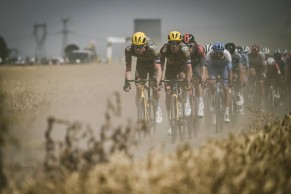
The third chapter will take the riders up to Sain Gervais Mont Blanc, another summit finish that does not seem to be decisive and which will bring the second week to an end.
After the second rest day, it will be the turn of the only time trial of the race, a mere 22 kilometres with which the Tour de France maintains the policy of recent years of focusing on the mountains.
A time trial that will precede the queen stage of the race, a very tough day of more than 5,000m of vertical gain through iconic peaks such as Saissies, Cormet de Rosselend, Cote de Longefoy and the ascent of the Col de la Loze, above the resort of Meribel, before returning downhill to Courchevel where the finish will be located.
After that, just a couple of days of respite for the riders before the decisive stage 20, which will take place in the Vosges massif and which also draws on the history of the Tour de France with a chain of stages that includes the Ballon d'Alsace, the Croix des Moinats, the Petit Ballon and the tough Platzerwasel on a route similar to the penultimate stage of the women's Tour de France that we enjoyed a few months ago.
Key stages of Tour de France 2023
A classic Tour de France in which they do not hesitate to introduce transition stages so that the breakaways can play their cards, the sprinters can increase their record and where the key days will be clearly selected moments in which the favorites can offer the maximum spectacle. These are, without doubt, the stages not to be missed.
Stage 6: Tarbes – Cauterets
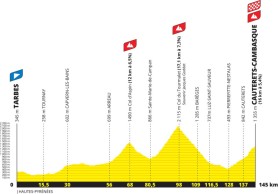
One of the most traditional stages of the Tour de France, which rarely disappoints and which will leave the cyclists with a tough final addition that will give more substance to what was the usual finish at Cauterets in the Tours of the 1980s, a finish that was once the scene of Miguel Indurain's first victory in the Tour de France in 1989.
Stage 9: Saint Léonard de Noblat - Puy de Dome
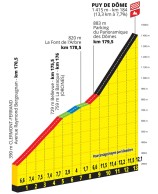
The climax of the first week of the race will be the ascent of the Puy de Dome. Although the profile of the rest of the stage, presumably a single mountain pass, was not revealed at the presentation, the toughness of this legendary climb and all the history it holds is enough to include this stage among the must-see stages.
Stage 17: Saint Gervais Mont Blanc – Courchevel
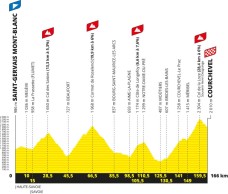
Although everything can happen in the 4 stages of the Alps and will be a hard wear and tear for the cyclists, it is the climax, with the very hard route that will lead the cyclists to the Alpine town of Courchevel, which has the terrain where the differences can be more relevant. Above all because of the tremendous ramps that the cyclists will have to face on the Col de la Loze and which will be preceded by a tremendous mountain chain.
Stage 20: Belfort - Le Markstein Fellering
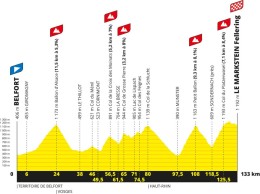
If this stage offers us the same spectacle that we saw a few months ago in the penultimate stage of the Women's Tour de France, we'll have to keep an eye on the television to make sure we don't miss the slightest detail. It will all depend on how open the general classification is and whether the riders' strength still suffices after the ride through the Alps.
Tour de France 2023 – List of stages
- Stage 1: Bilbao - Bilbao – 182 km
- Stage 2: Vitoria - San Sebastián – 209 km
- Stage 3: Amorebieta - Bayonne – 185 km
- Stage 4: Dax – Nogaro – 182 km
- Stage 5: Pau – Laruns – 165 km
- Etapa 6: Tarbes – Cauterets – 145 km
- Stage 7: Mont de Marsan – Bordeaux – 170 km
- Stage 8: Libourne – Limoges – 201 km
- Stage 9: Saint Léonard de Noblat – Puy de Dôme – 184 km
- Stage 10: Vulcania – Issoire – 167 km
- Stage 11: Clermont Ferrand – Moulins – 180 km
- Stage 12: Roanne - Belleville en Beaujolais – 169 km
- Stage 13: Châtillon su Chalaronne - Grand Colombier – 138 km
- Stage 14: Annemase – Morzine – 152 km
- Stage 15: Les Gets - Saint Gervais Mont Blanc – 180 km
- Stage 16: Passy - Combloux – 22 km (CRI)
- Stage 17: Saint Gervais Mont Blanc – Courchevel – 166 km
- Stage 18: Moûtiers - Bourg en Bresse – 186 km
- Stage 19: Moirans en Montagne – Poligny – 173 km
- Stage 20: Belfort – Le Markstein Fellering – 133 km
- Stage 21: Saint Quentin en Yvelines - Paris Champs-Élysées – 115 km